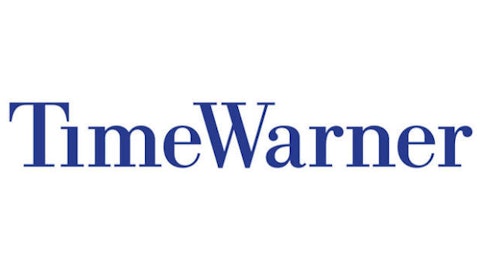For a while, The New York Times thought that content farms were the answer. In 2005, it purchased About.com, a content mill, for $410 million – a move that many “old guard” journalists saw as a betrayal of its core values. However, the company sold the site for $300 million in 2012, as part of its effort to scale down its operations.
Is it time to stoop? And if so, how low?
Therefore, I think both The Washington Post Company (NYSE:WPO) and The New York Times are taking the wrong approach by erecting paywalls. Instead, they should borrow a play from Demand Media’s playbook and allow freelancer writers to contribute to their sites. These writers would likely work for less compensation than their full-time counterparts, and produce more content.
Of course, this will probably lead to an overall degradation of the quality of its content, but the size of its site and number of available articles will increase exponentially. As the website grows in size, The Washington Post and The New York Times can heavily monetize the site by adding more display advertisements. In my opinion, that’s the ugly truth that Buffett doesn’t realize – that journalism today often emphasizes quantity (for fast ad revenues) over quality.
Let’s take a look at the print versus online advertising revenue at these two newspapers, from the most recent quarter, to see if they are living up to their true potential.
| Print Advertising Growth | Online Advertising Growth | |
| The New York Times | -10.2% | -1.7% |
| The Washington Post | -12.0% | +5.0% |
Source: Quarterly Reports
Although The Washington Post reported stronger growth in online ads last quarter, I believe that implementing a paywall will crimp, not boost, online ad revenue. Why not cancel the paywall altogether and find additional ways to expand and monetize the entire site?
The Foolish Bottom Line
At the end of the day, The Washington Post Company (NYSE:WPO) is in a far stronger position than The New York Times, since it still owns other businesses – such as its broadcasting media division and its Kaplan for-profit educational division.
Although Kaplan has been recently hit by increased federal regulation of for-profit schools, its media networks – which include six local affiliates of ABC, CBS and NBC, along with the Cable ONE network – are considered its most valuable assets.
Last quarter, revenue at its television stations surged 32% while cable television revenue grew 5.7%. Meanwhile, The New York Times is down to two core businesses – its namesake newspaper and its European version, the International Herald Tribune.
In conclusion, I simply believe that a paywall at The Washington Post Company (NYSE:WPO), which has lost a third of its market value over the past five years, is simply the wrong play at the wrong time. The company should start fresh with new ideas, with a larger, streamlined website that can be monetized more effectively through display advertising. It needs fresh ideas, and following Buffett’s advice simply isn’t the answer this time.
The article Why Warren Buffett is Wrong About the Washington Post originally appeared on Fool.com and is written by Leo Sun.
Copyright © 1995 – 2013 The Motley Fool, LLC. All rights reserved. The Motley Fool has a disclosure policy.


